Veggies: Raw or Cooked? Science Says…
Raw food. It’s all the rage. Do you ever wonder though, when it comes to raw versus cooked vegetables, what’s the healthiest way to eat them (nutrient-wise)? I have. So with some research, I found how science and the experts answer this question.
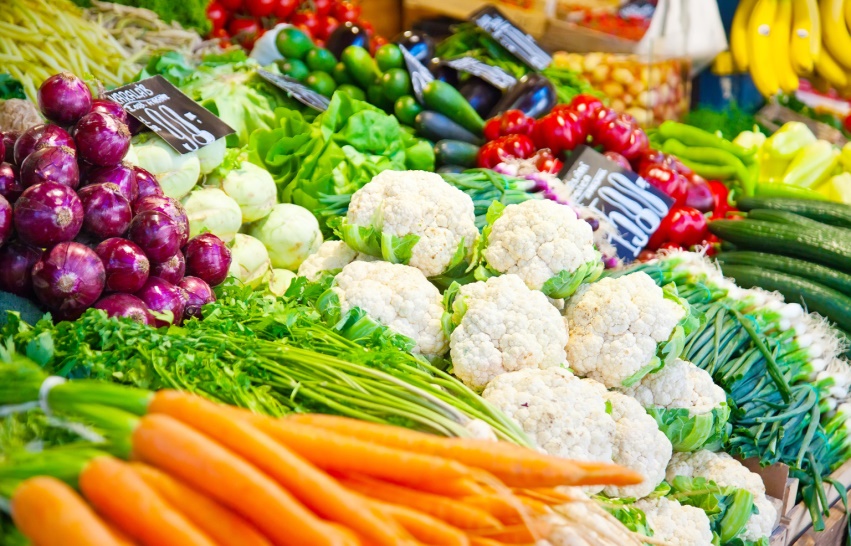
Here are the high points of the dilemma:
Some people believe eating raw foods means you’re getting more overall nutrients.
Some people say cooking food kills the natural enzymes in plants, as well as the vitamins and minerals.
On the other hand, others say cooked foods are easier on your digestion, are healthier, and sometimes taste better.
So what’s the truth? In two words: It’s complex. While it’s true that raw veggies often do contain more nutrients, the issue isn’t what you eat, it’s what you absorb that’s crucial.
Since 2010 studies have shown that while cooking your veggies does cause some nutrient loss, other nutrients become more available.
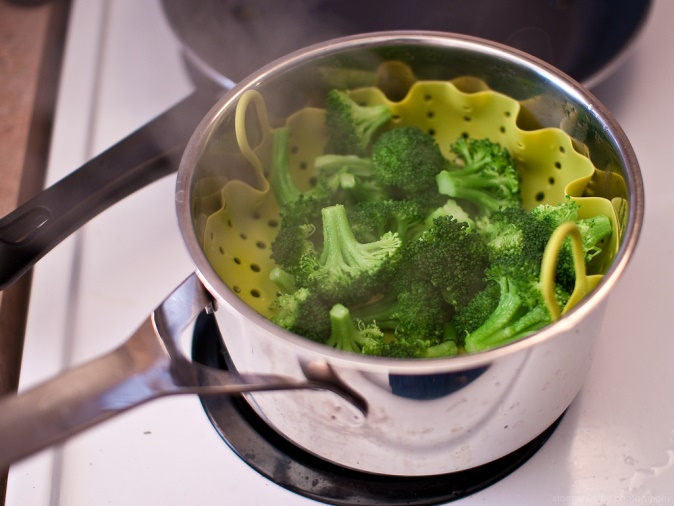
Research shows that cooking vegetables (lightly steaming, that is) results in:
more absorbable beta-carotene
more access to other antioxidants, such as lutein (benefits your eyes) and lycopene (benefits your heart and bones)
more minerals; heating releases bound calcium, making more of the mineral available for absorption. The difference is significant. Consider spinach for instance: cooked has 245 mg/cup of calcium, while raw only has 30 mg/cup!
more efficient chewing
increased digestibility
improved net energy value of foods
improves and protects brain development

With most vegetables, though, the best way to prepare them is the way that gets you to eat them. So if cooking them means you’ll eat more, that’s good. If you prefer some raw, then that’s the route to take with them.
That said, let’s look at 9 plant foods that are more nutritious when cooked:
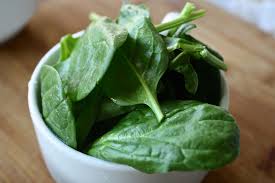
SPINACH. Because it shrinks up when cooked, it’s easier to eat more, therefore you’re getting more nutrients! It’s a popular raw green for smoothies. But be careful; spinach contains oxalic acid, which disrupts the absorption of calcium and iron. Steaming it, however, cuts the oxalic acid by five to 53%. And steaming also helps it retain its folate content, a B-vitamin that helps your body produce DNA.
ASPARAGUS. Research shows that steaming asparagus increases its antioxidant and cancer-fighting activity (including phenols, quercetin, rutin, beta-carotene, lutein, and zeaxanthin) substantially. And steaming it also increases its phenolic acid levels, which is linked to lower cancer rates.
TOMATOES. Cooking them boosts their lycopene levels. Lycopene, an antioxidant and an anti-inflammatory, has been linked to lower levels of cancer and heart attacks.
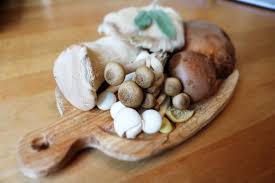
MUSHROOMS. They retain more antioxidants when cooked. Also, some types of raw mushrooms contain a potentially carcinogenic substance called agaritine. Studies show cooking mushrooms for even a few minutes gets rid of most of their mild toxins.
POTATOES. Raw potatoes contain a lot of resistant starch, which causes gas and bloating. They also contain anti-nutrients (which interfere with vitamin and mineral absorption). Both issues are fixed with cooking.
CARROTS, CELERY, GREEN BEANS. These become healthier with cooking. And moreover, cooking and pureeing carrots (with the skins on) multiplies their antioxidant power threefold. Roasting these veggies will also boost nutrients.
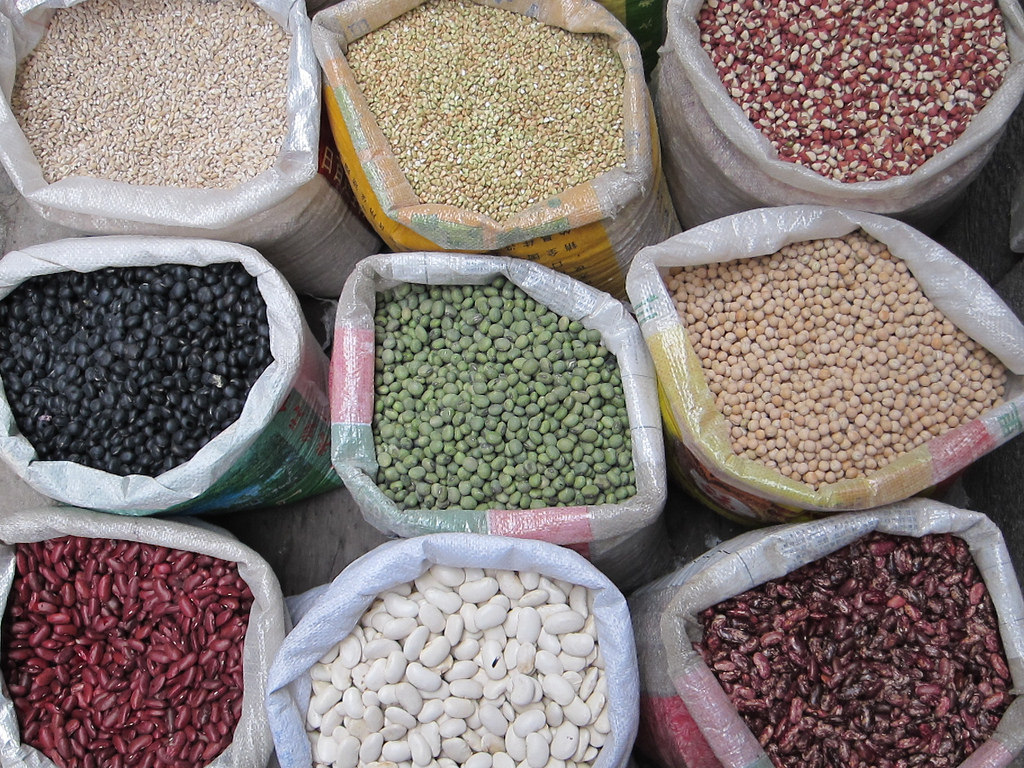
LEGUMES. Most legumes can’t be eaten raw, though some can be sprouted as an alternative to cooking. Some beans (red kidney beans in particular) contain a specific lectin that can cause gastrointestinal issues; however, cooking deactivates this compound. Nutritionally, both sprouting and cooking beans improves their health benefits (especially their neuro-protective and anticancer effects).
Here’s some last advice regarding cooking methods to avoid, according to scientific research:
Don’t fry. This creates free radicals and carcinogens, which do major damage to your cells.
Don’t boil. When it comes to destroying the antioxidants in your vegetables, boiling is very efficient. Steaming is always better.
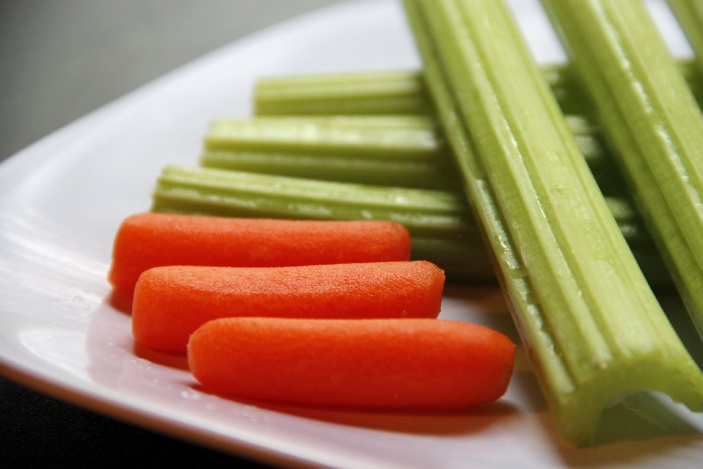
Finally, at the risk of redundancy, I’ll repeat the important caveat mentioned above: With most vegetables, though, the best way to prepare them is the way that gets you to eat them. So if cooking them means you’ll eat more, that’s good. If you prefer some raw, then that’s the route to take with them. Bottom line? Be good to your body and just eat more veggies!
- www.azernews.az
- www.flickr.com
- www.can-dogs-eat.com
- www.pxhere.com
- www.pexels.com
- www.freestockphotos.biz
 Alice Osborne
Alice Osborne
Weekly Newsletter Contributor since 2006
Email the author! alice@dvo.com
